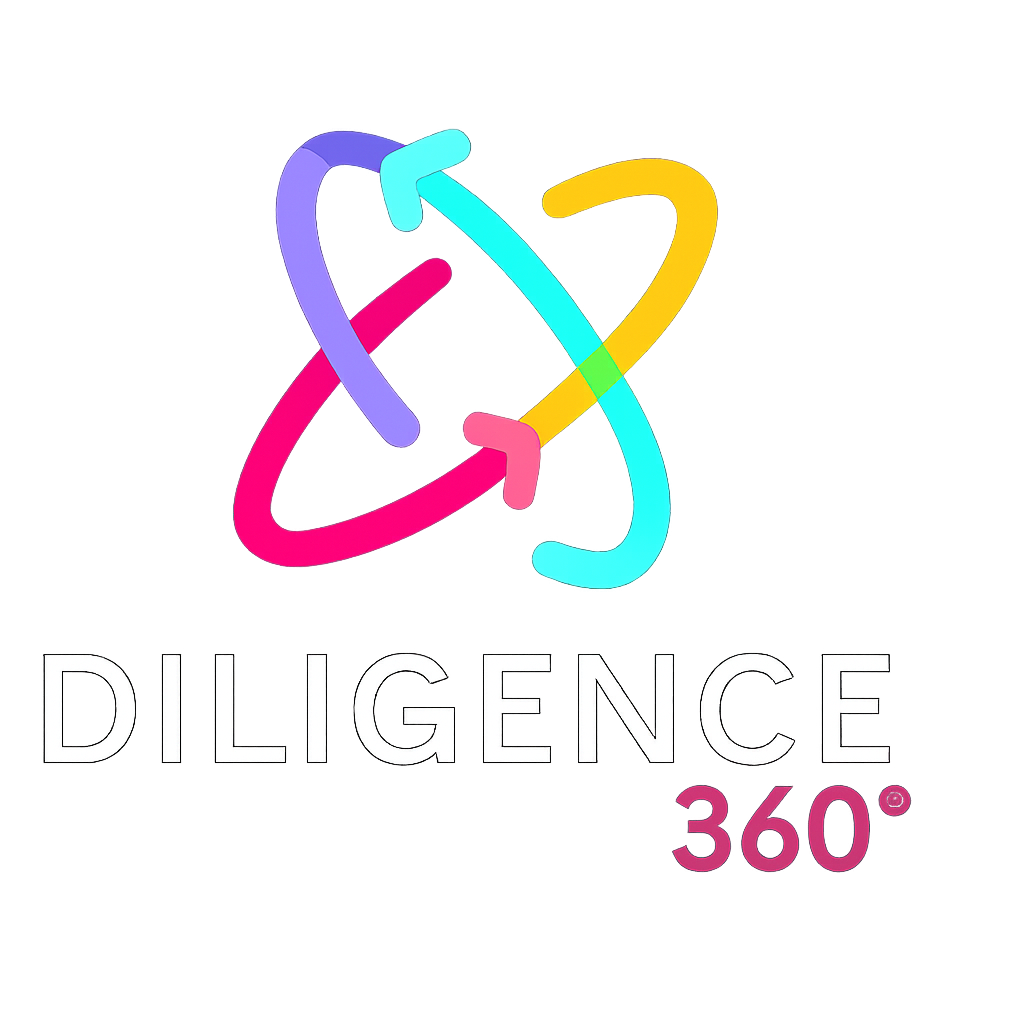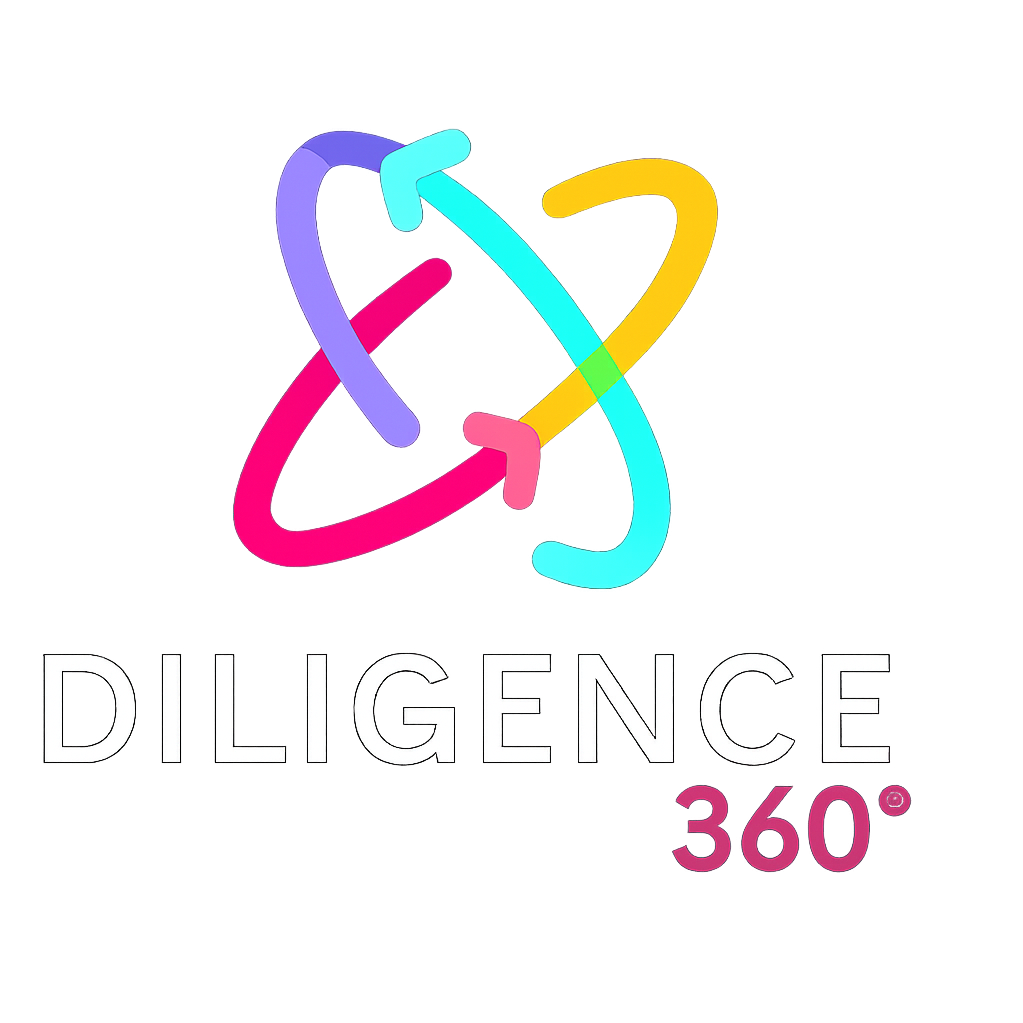Training
/
ISO 28000:2022 – Supply Chain Security Management
ISO 28000:2022 – Supply Chain Security Management
In today’s globalized economy, supply chains are more complex and vulnerable than ever. ISO 28000:2022 is the international standard for supply chain security management, providing a framework to help organizations mitigate risks such as theft, fraud, and terrorism. Whether you’re in transportation, retail, manufacturing, or logistics, ISO 28000 ensures your supply chain is secure, resilient, and compliant with international security standards.
What is ISO 28000:2022?
ISO 28000:2022 is a globally recognized standard that helps organizations establish, implement, and maintain a supply chain security management system. It focuses on identifying security threats, assessing vulnerabilities, and implementing measures to protect goods and services throughout the supply chain.
Key features of ISO 28000:2022 include:
- Threat Identification: Identify potential security threats, such as theft, fraud, and terrorism.
- Risk Assessment: Evaluate the likelihood and impact of supply chain security risks.
- Security Measures: Implement controls to protect goods and services from security breaches.
- Continuous Improvement: Regularly review and improve your supply chain security practices.
By adopting ISO 28000, organizations can enhance supply chain resilience, reduce risks, and build trust with stakeholders.
For more information about this service or to get a tailored quote for your organisation, please enquire below and one of our experts will be in touch shortly.
You may also interested in
Key Benefits of ISO 28000:2022
Implementing ISO 28000:2022 offers significant advantages for organizations looking to strengthen their supply chain security:
1. Supply Chain Resilience
Protect goods and services from theft, fraud, and disruptions, ensuring business continuity.
2. Risk Reduction
Minimize security risks through a structured management system.
3. Regulatory Compliance
Meet international security standards, such as the World Customs Organization’s SAFE Framework, avoiding penalties and legal issues.
4. Stakeholder Trust
Build confidence with customers, partners, and regulators by demonstrating robust supply chain security practices.
5. Cost Savings
Reduce costs associated with supply chain disruptions, such as lost revenue and recovery efforts.

